We’ve all found ourselves trying to avoid the swarms of midges that are so common in late summer. But as you try to avoid them, what you may not know is that they are equally keen to avoid each other.
It’s strange behaviour for creatures that typically move around together. But physicist Andrew Reynolds from research centre Rothamsted Research recently investigated swarms of the non-biting midge Chironomus riparius, and found something very strange happening.
While they may move around in swarms, they do so in a way that ensures they keep their distance from each other. And it might be why, paradoxically, they are so successful at breeding.
Swarming, where animals form large and dense groups, is common in a lot of animals. A lot of us are familiar with the murmuration of starlings at sunset as they dance in the setting sun, for example. In water, animals form shoals, pods and schools. They may vary in their cohesiveness and the species that they contain, but are all essentially different types of swarms.
It helps animals evade predators and gives them safety in numbers. Large numbers of animals in these aggregations make it difficult for predators to single out a target. This is known as the selfish herd effect where animals seek positions towards the centre of a herd, shoal or flock where there’s less risk of being attacked.
Animals sometimes behave differently as part of a bigger system where the animal is interacting with it’s nearest neighbour. Fish for example align themselves and match speed with their nearest neighbour to shoal together and avoid collisions. Birds operate in a similar way.
Social insects such as ants often swarm in the summer, in mate-finding nuptial flights. Locusts defoliate large patches of land before moving on. Some researchers suggest that this social aggregation behaviour is linked to elevated serotonin the locusts get from close contact.
However, in the midge C. riparius we see something different.
Reynold’s research showed that these midges maintain maximum distance from one another. In the lab based models of these midges he studied, the midges are almost, by equal measure attracted to the centre of a swarm, but also away from each other.
Birds in a flock move in the same direction, staying close to one another (positive correlation). But C. riparius midges position themselves apart, so if one moves left, others tend to move right for example (maximal anticorrelation).
The swarms of C. riparus are predominantly for reproductive purposes and they are made up of males. Midges maximise their potential to find a mate by collecting at the same time, in the same place. You could argue that’s how bars and pubs work for humans.
When a female enters the swarm however, and is pursued by a male, the swarm maintains cohesion. The other members of the swarm are still drawn towards her. But this force of attraction is weaker than the negative “impulse” for the males to stay away from each other.
Staying evenly spaced means there is less competition between males. Which means that, as a group, they spend less energy and have more overall mating success.
The repellent effect also has other advantages. When midges are spaced apart in an organised and distributed way, the swarm can collectively respond to disruptions, such as changes in weather or predators, without losing its structure. Because each midge’s relative position to each other is defined by the maximal anticorrelation, a disturbance to one part of the swarm can quickly be compensated by the whole group.
We might learn a thing or two from the midge. In social situations, let’s take a step back, wait our turn, and give each other some space. Don’t interrupt your friend in conversation, don’t barge in at the self-service checkouts in the supermarket… and certainly don’t flirt with your friend’s partner.
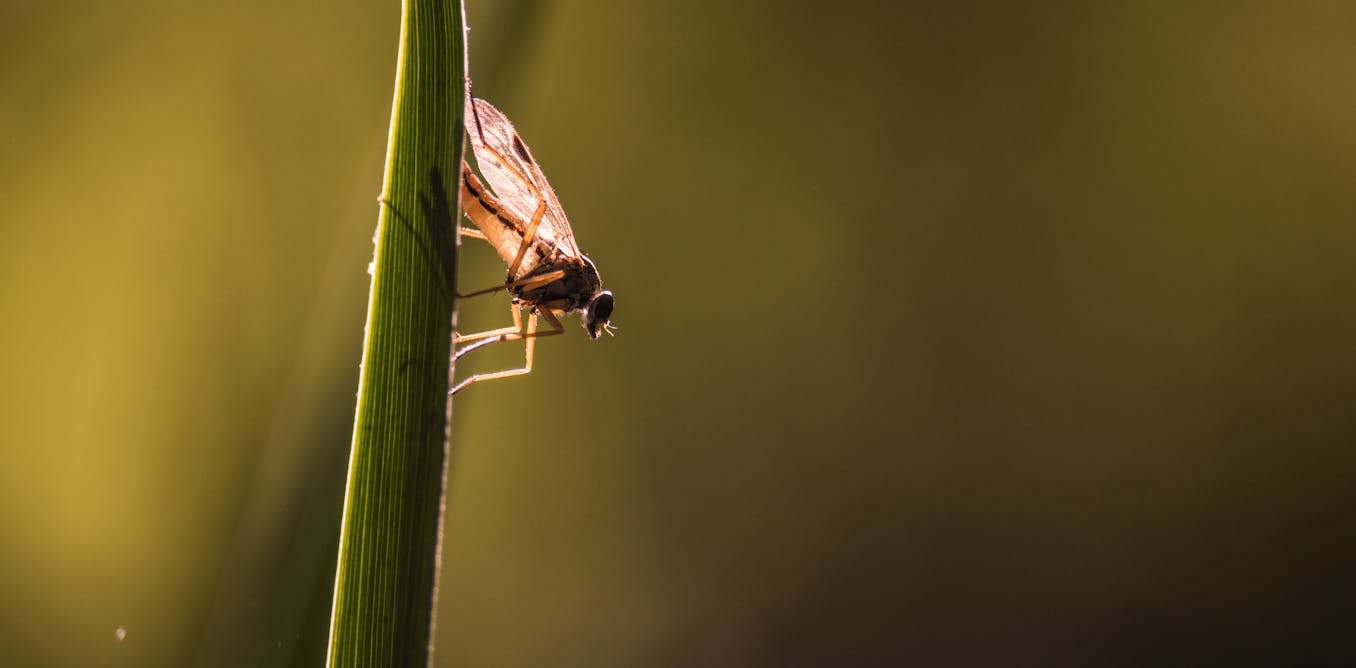
The post “We tend to keep away from midges and – even when in swarms – they tend to keep away from each other” by Alex Dittrich, Senior Lecturer in Zoology, Nottingham Trent University was published on 10/15/2024 by theconversation.com







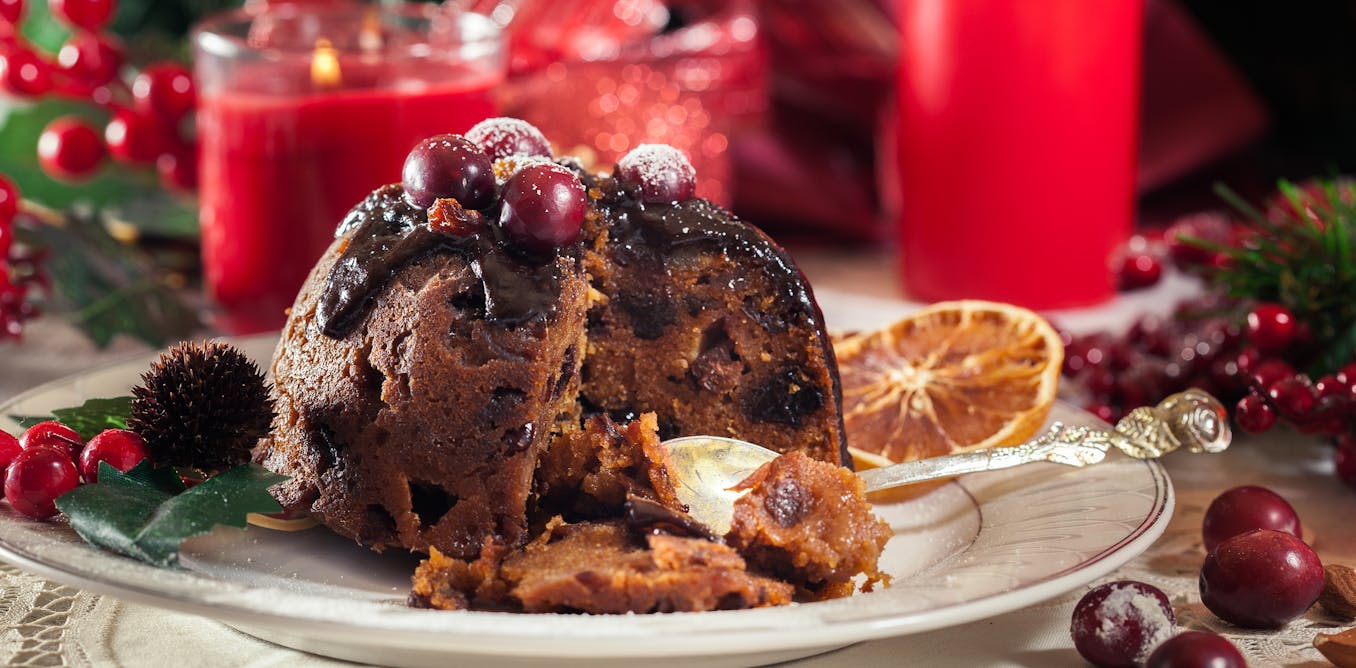



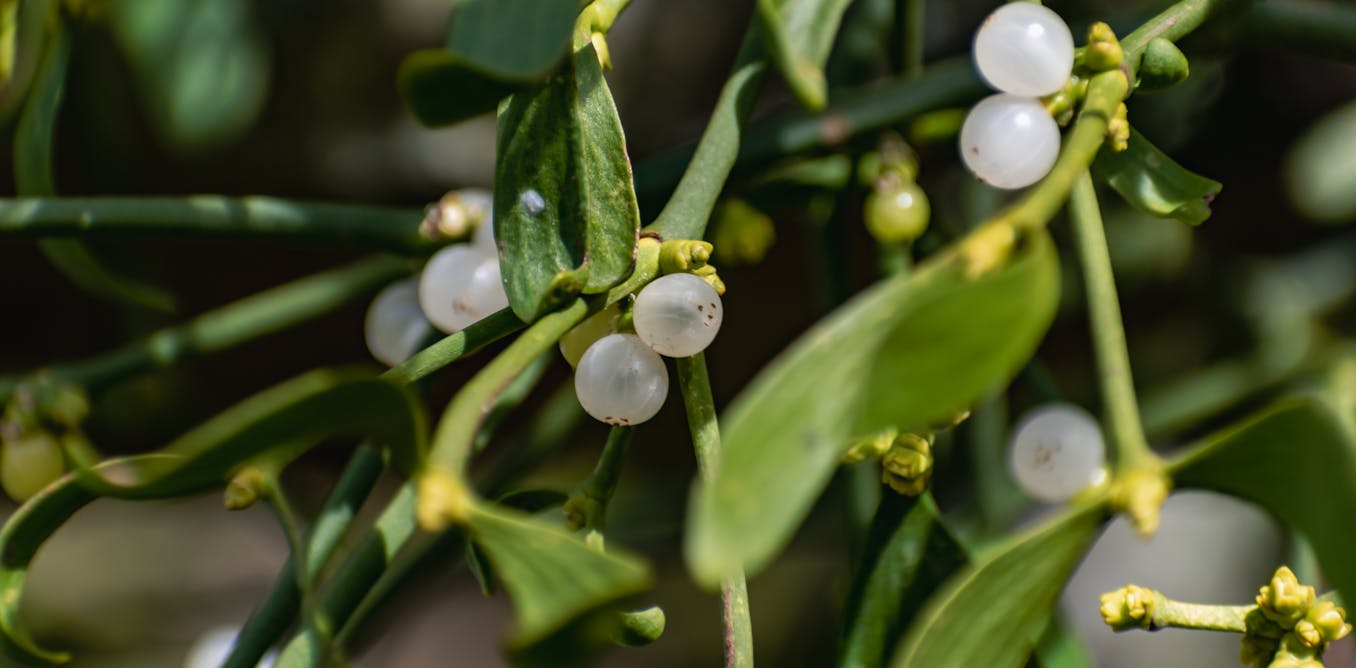
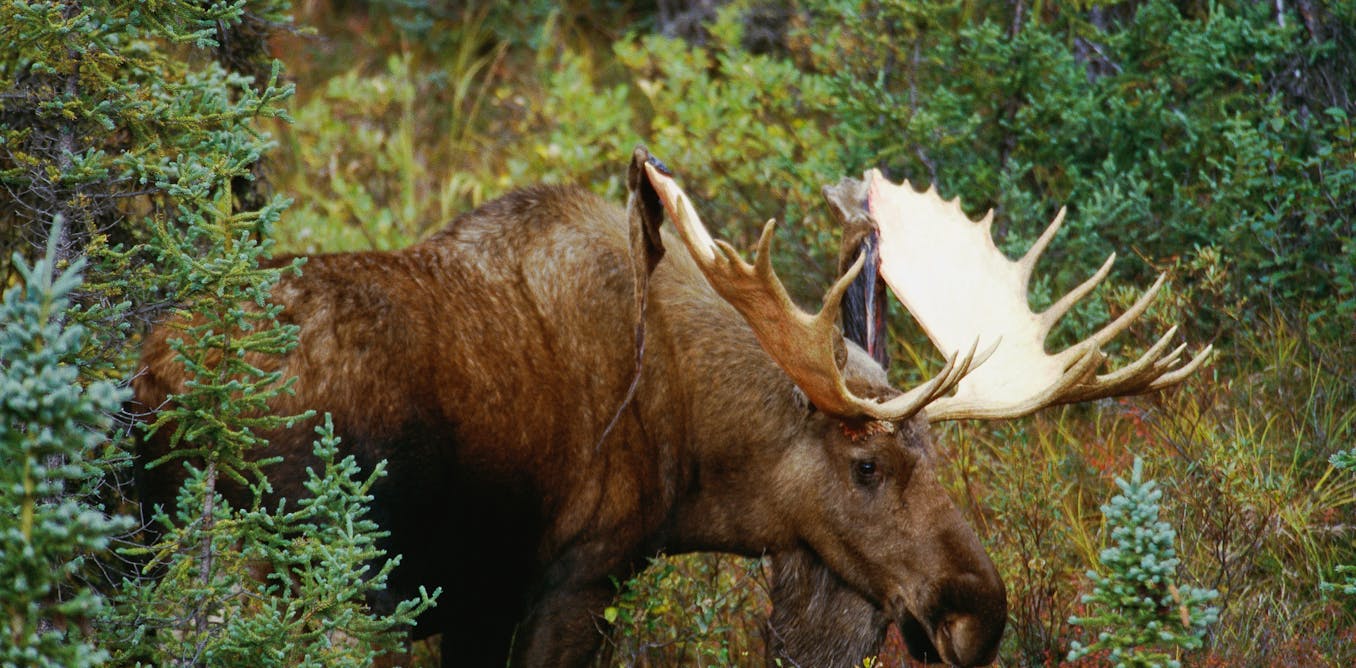



















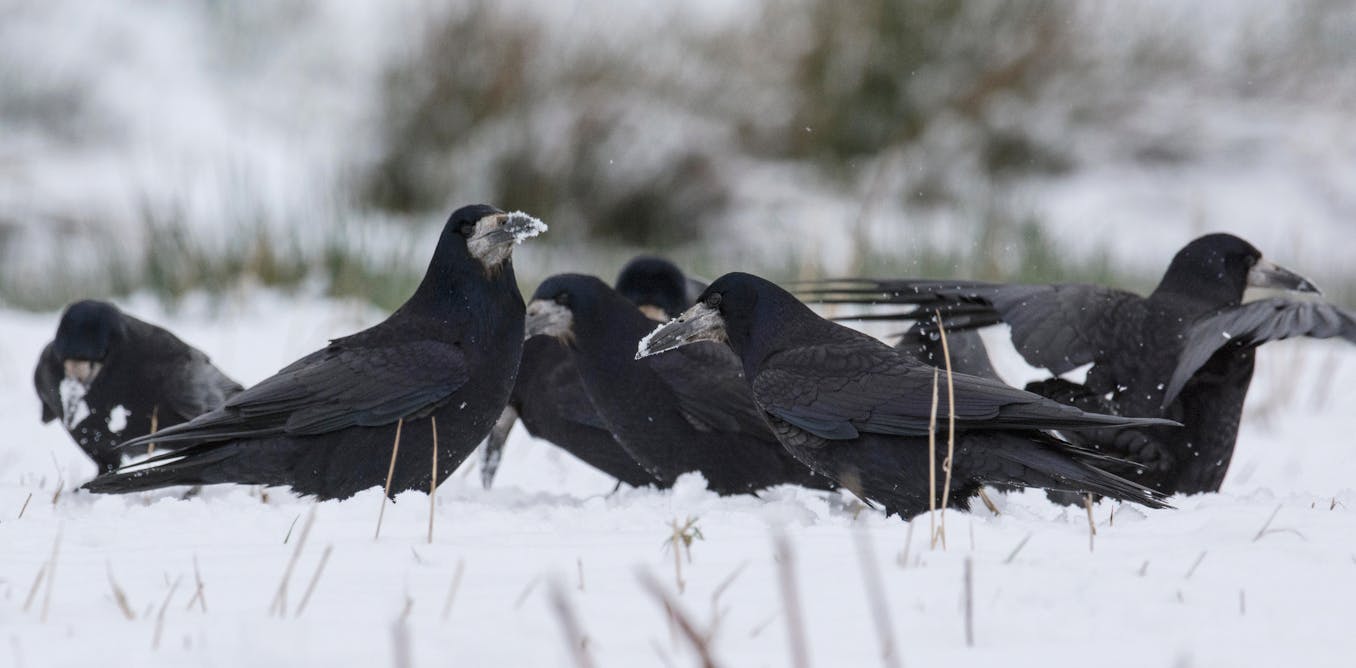
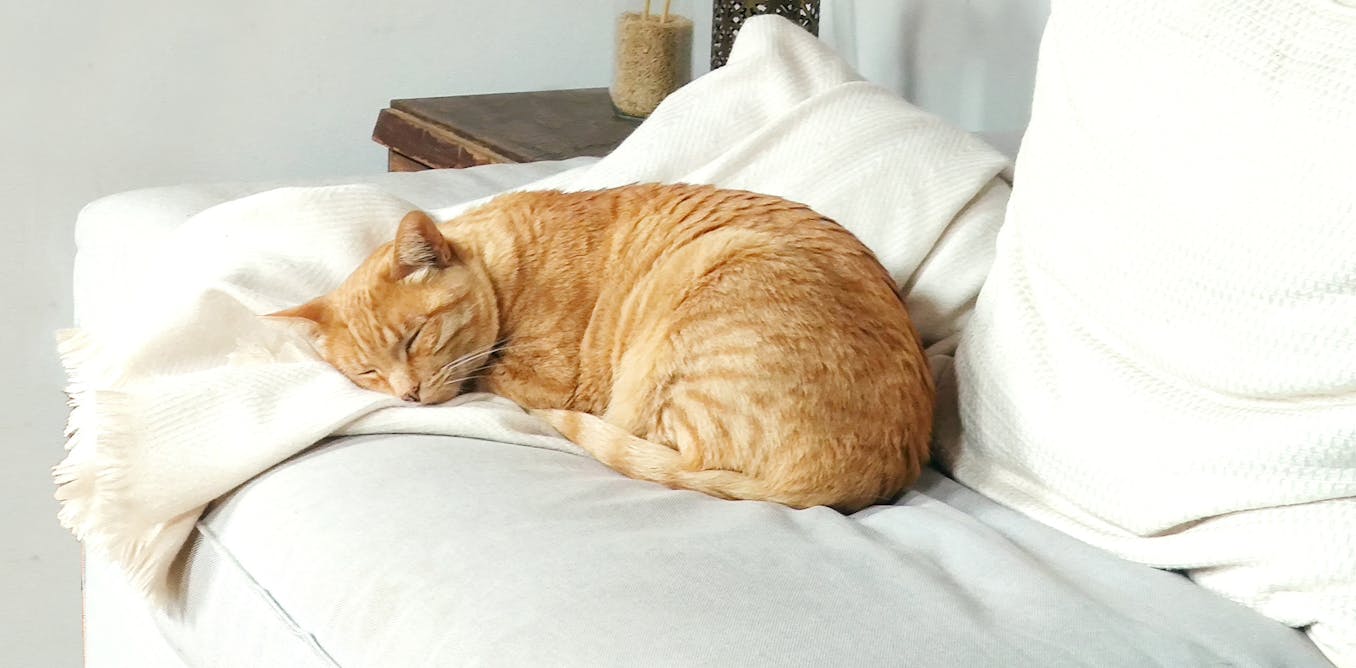




Leave a Reply